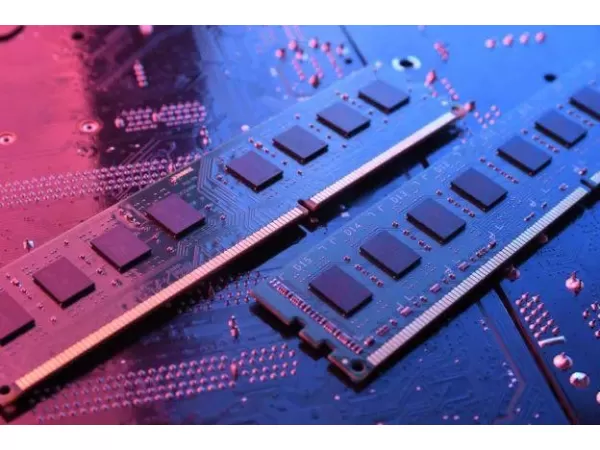The technology competition among storage giants is intensifying

Applications such as AI and big data have given rise to the demand for massive data storage and have also placed higher requirements on storage technology. Against this background, technological competition among major storage manufacturers has become increasingly fierce.
In terms of flash memory, major manufacturers focus on breakthroughs in the number of layers. Recently, Korean media reported that Samsung Electronics is expected to mass-produce the ninth-generation V-NAND flash memory later this month. The company has mass-produced 236-layer eighth-generation V-NAND flash memory in 2022. The ninth-generation V-NAND flash memory to be mass-produced will continue to use a dual-flash stack structure, with a number of layers reaching 290. According to industry forecasts, Samsung's future tenth-generation V-NAND is expected to have 430 layers, and Samsung will switch to a three-stack structure by then.
In the more distant future, Samsung and Kioxia have revealed that they will focus on 1,000-layer NAND Flash. Samsung plans to achieve 1,000-layer NAND Flash by 2030, and Kioxia plans to mass-produce 3D NAND Flash chips with more than 1,000 layers by 2031.
In terms of memory, major storage manufacturers are targeting advanced process nodes and 3D DRAM.
In March this year, Micron revealed in its financial report that the vast majority of DRAM particles are currently at the 1α and 1β advanced nodes. The next-generation 1γ DRAM will introduce EUV lithography machines and has already started trial production.
Samsung's DRAM chip process is at the 1b nm level. Recently, media reported that Samsung plans to start mass production of 1c nm DRAM within this year, which will be manufactured using extreme ultraviolet (EUV) technology. Samsung will also enter the 3D DRAM era in 2025. The company has already demonstrated two 3D DRAM technologies: vertical channel transistors and stacked DRAM.
SK Hynix is also planning 3D DRAM. BusinessKorea reported last year that SK Hynix proposed IGZO as a new generation of channel material for 3D DRAM. According to industry insiders, IGZO is a metal oxide material composed of indium, gallium, and zinc oxide. The biggest advantage of IGZO is its low standby power consumption, which is suitable for DRAM core transistors that require long battery life. This can be easily achieved by adjusting the composition ratio of the three components of In, Ga, and ZnO.